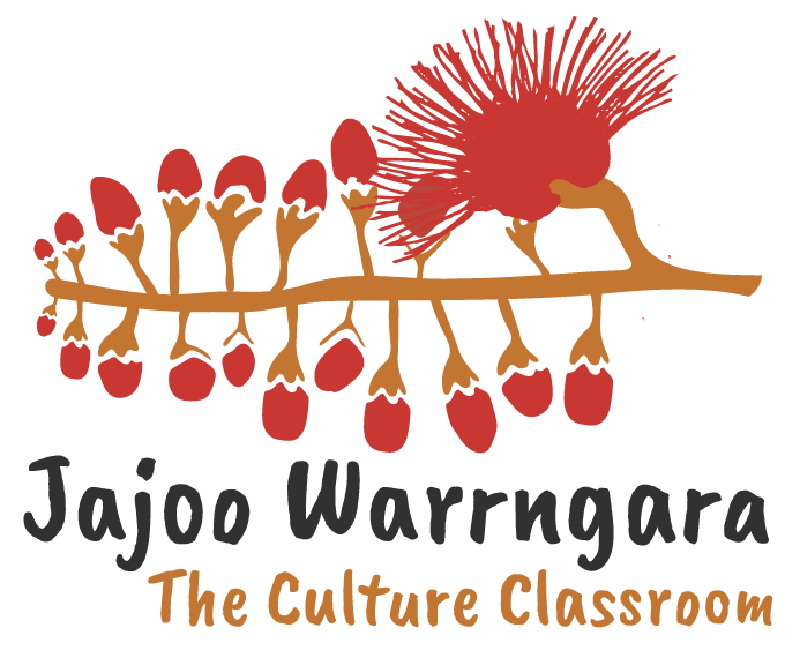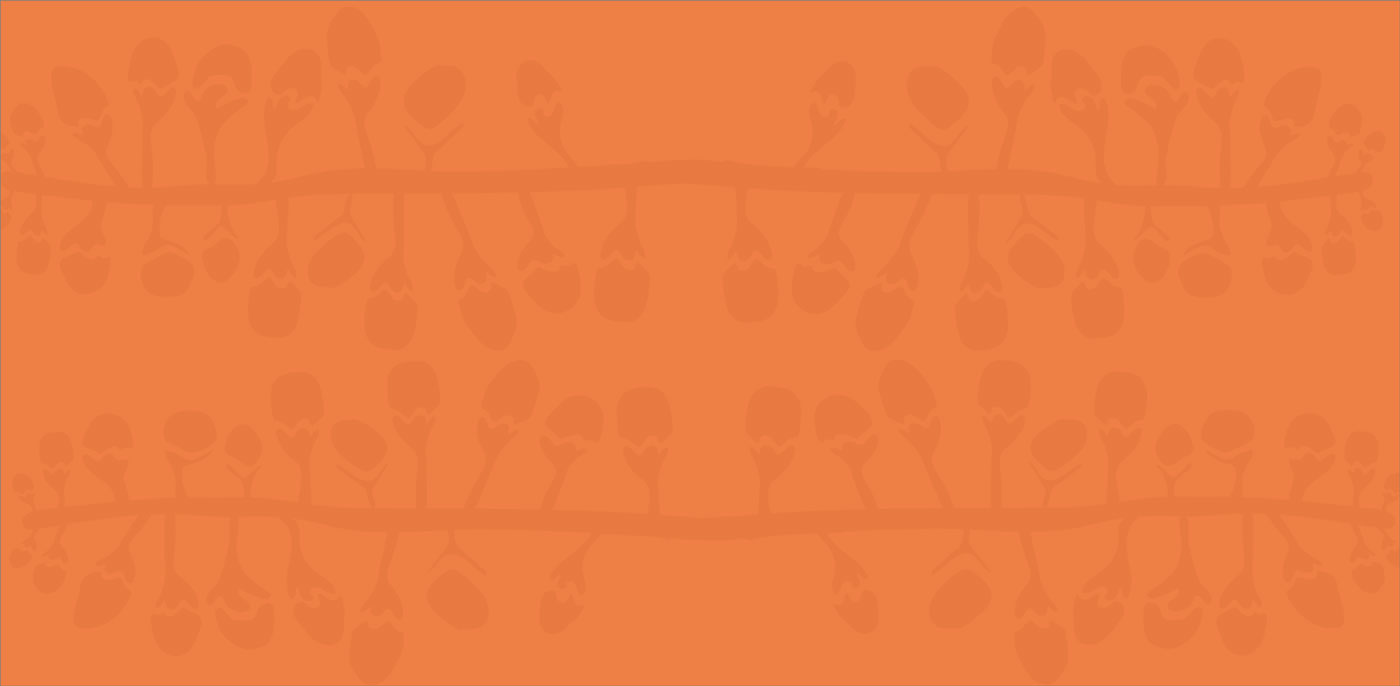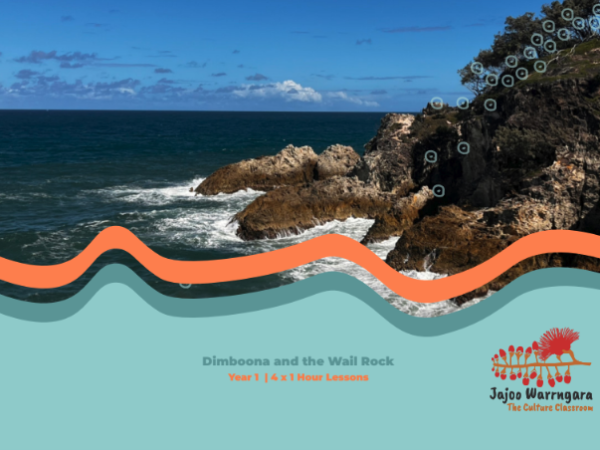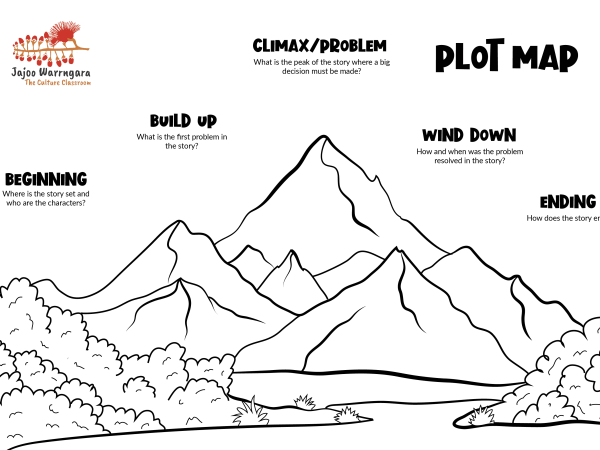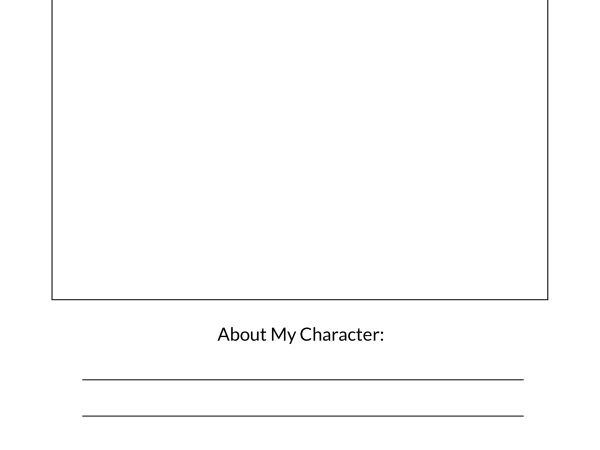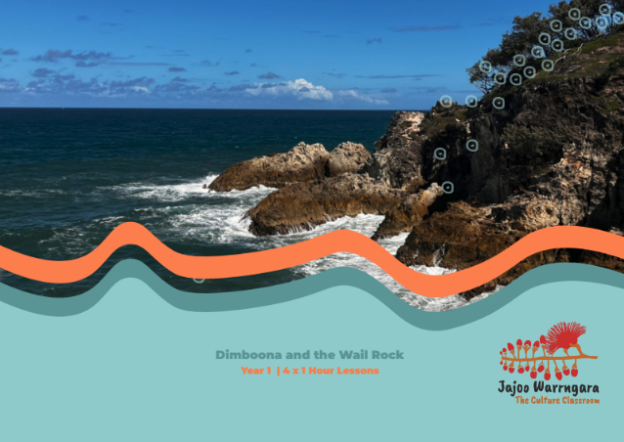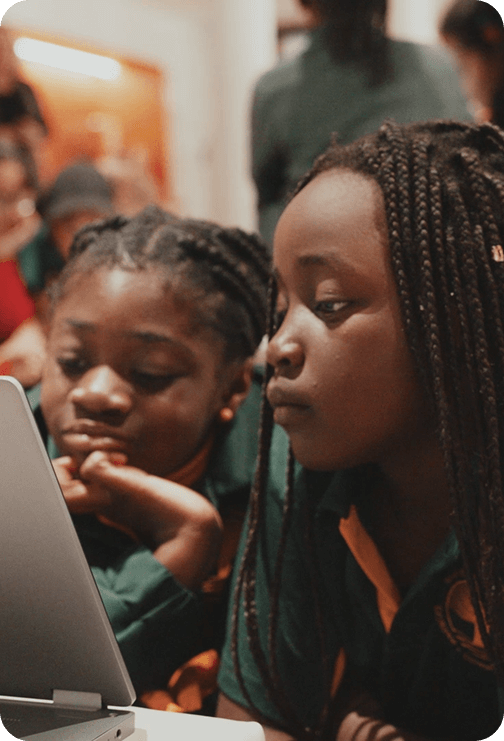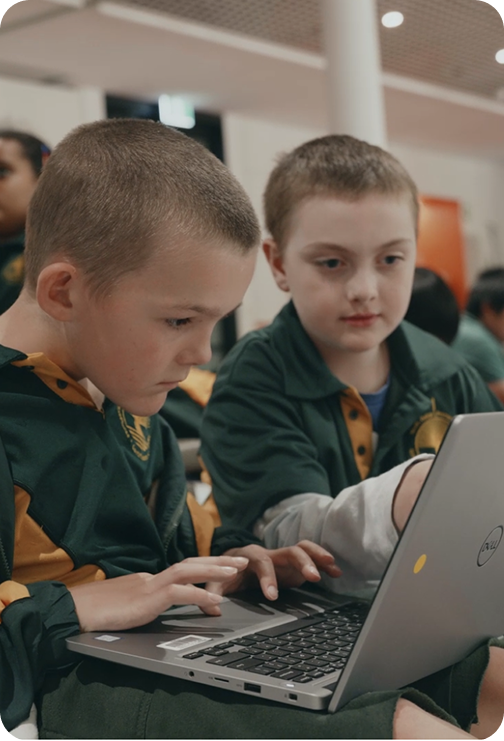AC9E1LE02
Discuss literary texts and share responses by making connections with students’ own experiences
AC9E1LE01
Discuss how language and images are used to create characters, settings and events in literature by First Nations Australian, and wide-ranging Australian and world authors and illustrators
AC9E1LE02
Discuss literary texts and share responses by making connections with students’ own experiences
AC9E1LE03
Discuss plot, character and setting, which are features of stories
AC9E1LE05
Orally retell or adapt a familiar story using plot and characters, language features including vocabulary, and structure of a familiar text, through role-play, writing, drawing or digital tools
AC9E1LY05
Use comprehension strategies such as visualising, predicting, connecting, summarising and questioning when listening, viewing and reading to build literal and inferred meaning by drawing on vocabulary and growing knowledge of context and text structures
AC9E1LA05
Understand how print and screen texts are organised using features such as page numbers, tables of content, headings and titles, navigation buttons, swipe screens, verbal commands, links and images
AC9E1LY14
Read and write an increasing number of high-frequency words
